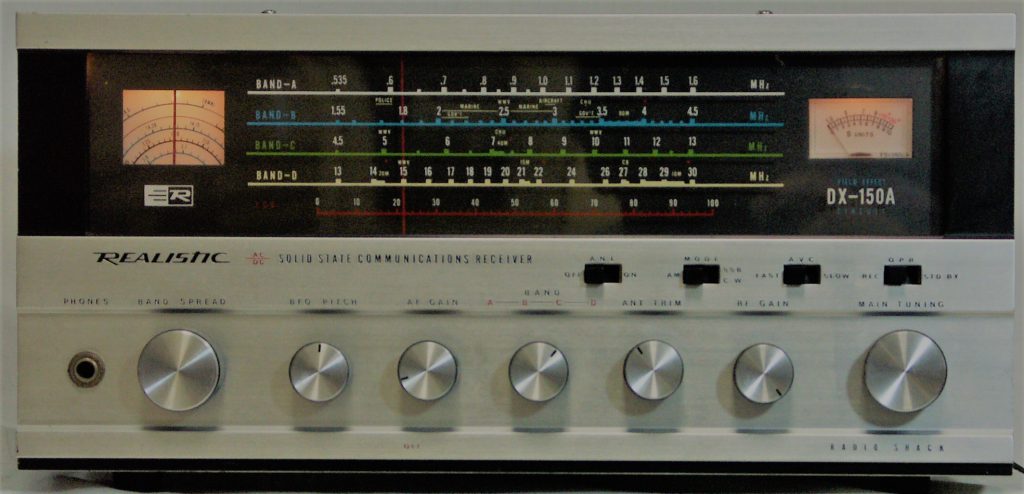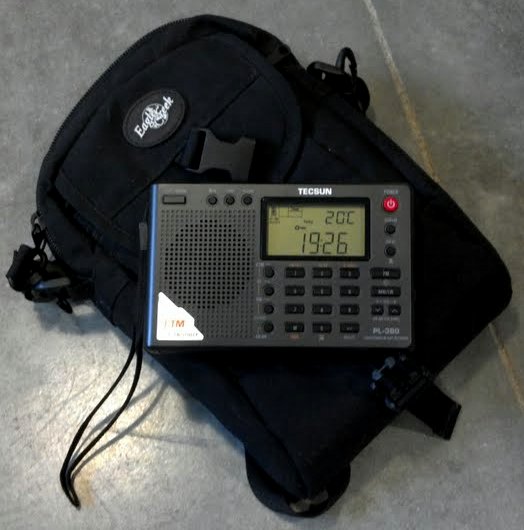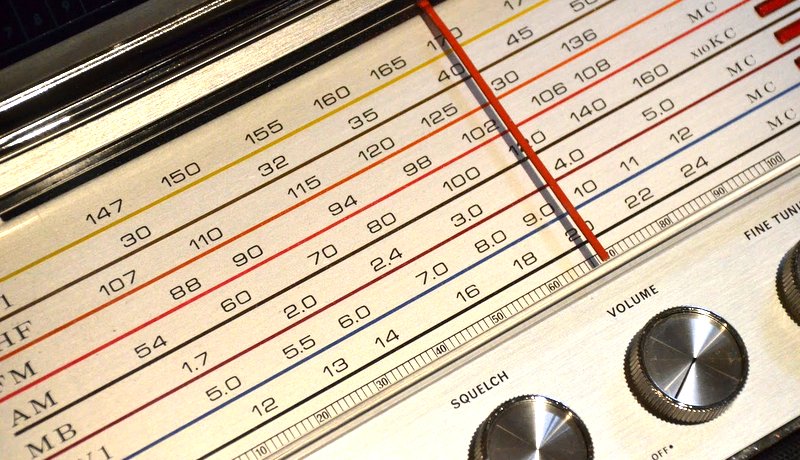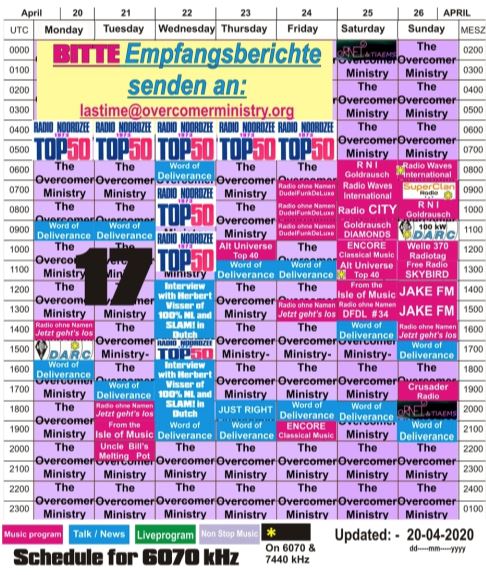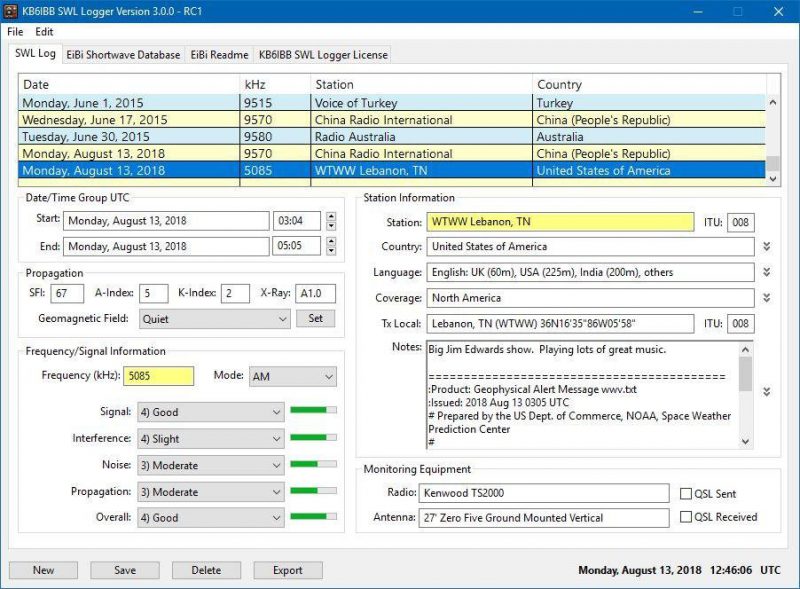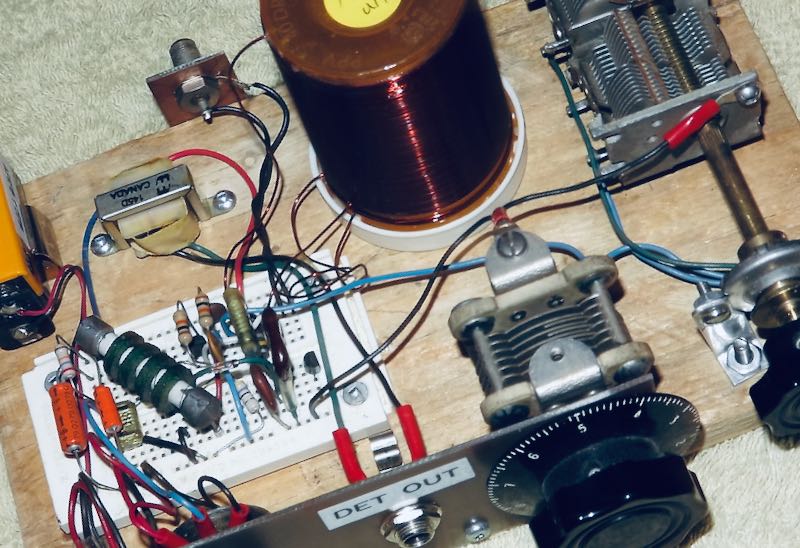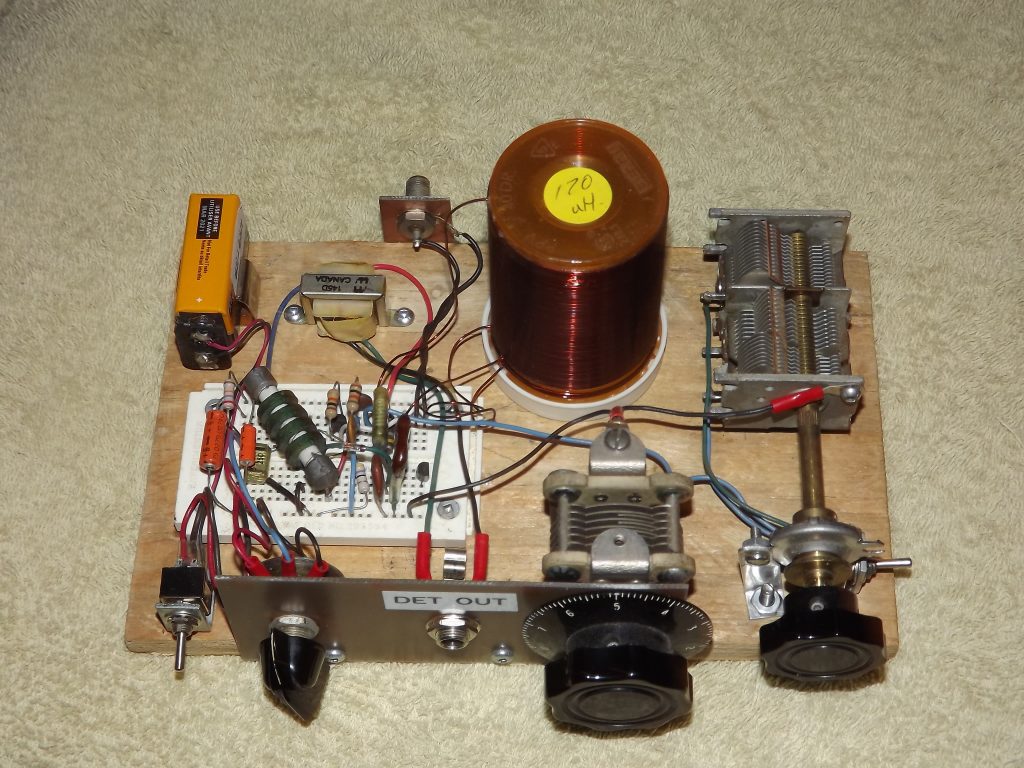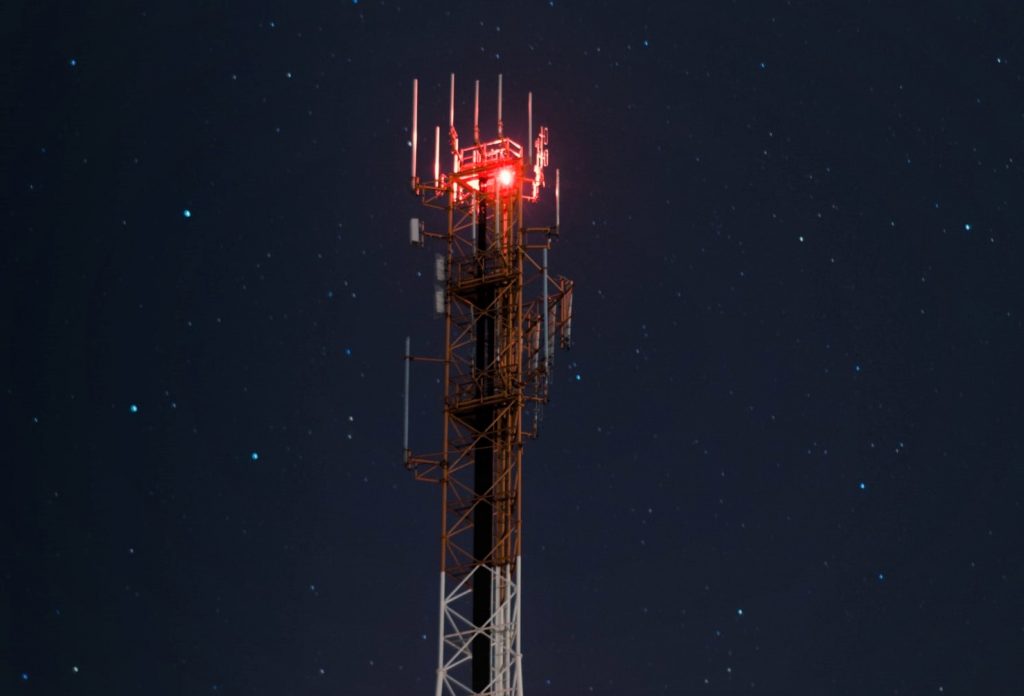Many thanks to SWLing Post reader, Alfred, who writes:
I purchased a Realistic DX150 radio when it was first introduced. I used it for many years and then stored it away for some time. A few years ago I decided to use it again. After the bandspread control was repaired at a local radio shop, I used it for a short time and then stored it away.
Yesterday, I took it off the shelf to see what was on the air waves. I did not have much success in getting any broadcasts to tune in strongly/clearly. I am writing to ask what my expectations should be – given the low performance of the radio and the state of shortwave transmissions these days. The mechanical aspect of the bandspread control needs attention again. My question is: Should I be able to pick up transmissions at some good level/ quality?
Thank you for your advice and recommendations.
Alfred, thank you for your inquiry and I hope you don’t mind that I’m sharing it here publicly because I’ve been receiving so many similar questions in the past few months.
I assume with so many people sheltering at home because of Covid-19 and, suddenly, having time available to catch up on projects and pastimes, they’re pulling solid-state receivers off of the shelf and putting them on the air again!
You asked: “Should I be able to pick up transmissions at some good level/ quality?”
A simple question, with a potentially complicated answer!
A simple answer first…
If your DX-150 is still electrically and mechanically functioning as it should, and you have it connected to an effective antenna, then yes, you should be able to receive transmissions!
Caveats…
As I’ve told numerous others who have resurrected solid-state gear from storage, there’s a good chance gear that’s a few decades old could have dead or leaky capacitors. Sometimes the symptom of this is a “hum” in the receiver’s audio, but bad capacitors (or “caps” as we like to call them) can also cause less obvious issues with the radio’s overall performance. If you’ve tried everything and suspect your radio needs repair, there are some great repair technicians out there. My friend Vlado is one of them, but I think he may have paused repairs during the Covid-19 pandemic.
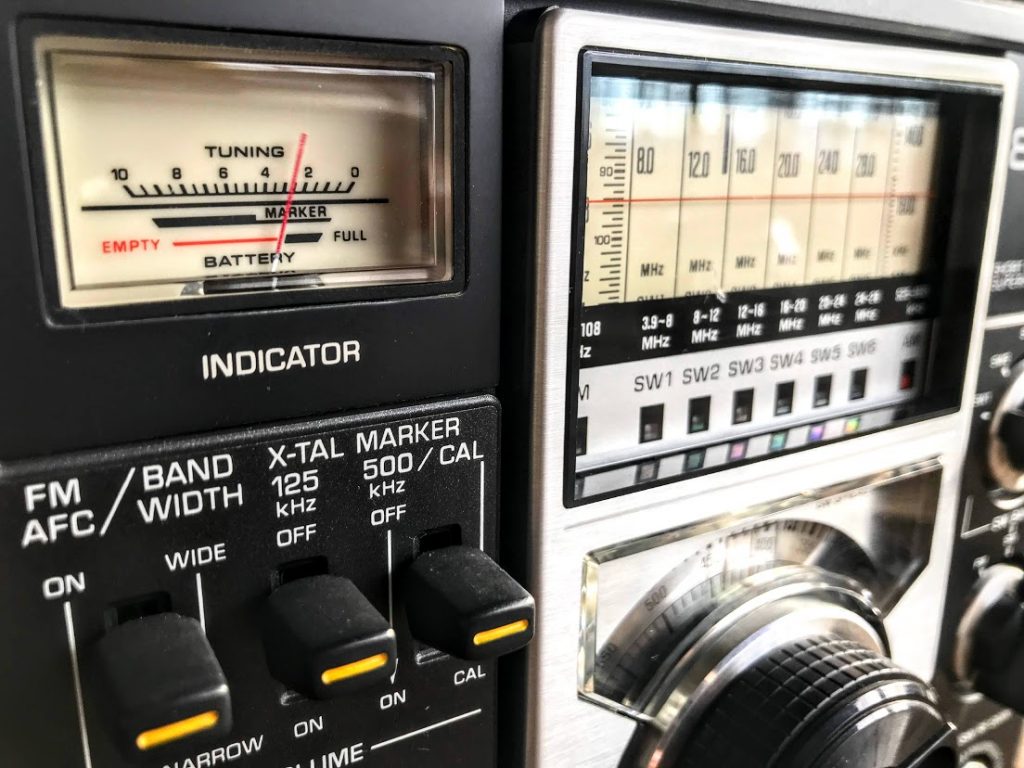
Radios that have sat on a shelf or in a basement for years may also have built up oxidization on switch and knob contacts. Carefully applying a product like Deoxit on contacts can make a world of difference and bring your radio back to life.
In addition, if you haven’t hooked up your radio in a couple of decades, you may be surprised by the amount of radio interference and noise (RFI) our home electronics generate. A random wire or indoor antenna that worked well in the 1970s might not work at all if you have high levels of RFI where you live. RFI has the same effect on your radio as a noisy restaurant environment has on your ability to hear a friend who is speaking at a normal volume level across the table from you. RFI can deafen your receiver. There are antennas that can help mitigate RFI, and there are also techniques you can use to help mitigate it.
Depending on where you live in the world, you will find the shortwave landscape isn’t the same as it was, say, in the Cold War years. Fear not! There are still numerous broadcasters out there, so people who say shortwave is “dead” simply aren’t listening. Check out ShortwaveSchedules.com and Prime Time Shortwave for what’s out there and where to find broadcasters on the bands. If you like music, I highly recommend Alan Roe’s guide to music on shortwave.
If you find that you’re not hearing anything on your DX-150 (or other vintage radio)–even after following some of the advice above, yet you still want to explore the shortwaves–you might consider investing in a modern portable radio. Not only do modern portables sport a digital frequency display (which helps locate stations), but they allow you to take your listening to the field. You will be surprised what you can receive when you walk or drive to an area far away from man-made electronic noises. Tabletop radios like the DX-150 are not terribly portable. If you’re looking for some portable shortwave radio suggestions, check out this post. (Incidentally, if you found this post because you’re mainly seeking an AM/FM radio for local news and info, check out this post.)
Getting back on the air…
Alfred (and others who have recently contacted me) I hope this post gives you some helpful guidance. In truth, there are still many other issues that could affect your ability to get the most out of your vintage solid-state receiver. Let’s assume, though, that the solution is simple! Give it a go, and take your time tuning across the bands on different days and with your receiver in different locations.
My hope is that SWLing Post readers will also comment on this post with other suggestions to help you back into the world of SWLing!
Do you enjoy the SWLing Post?
Please consider supporting us via Patreon or our Coffee Fund!
Your support makes articles like this one possible. Thank you!

